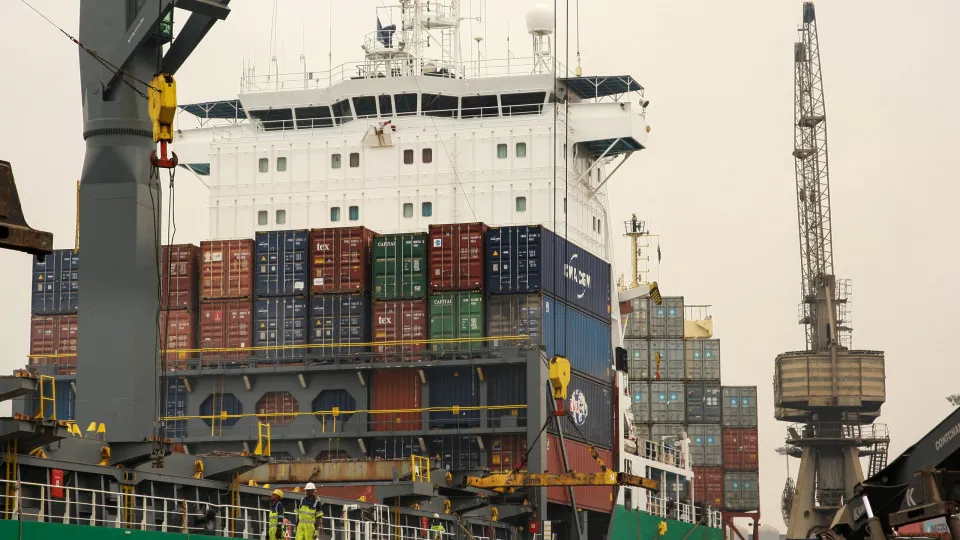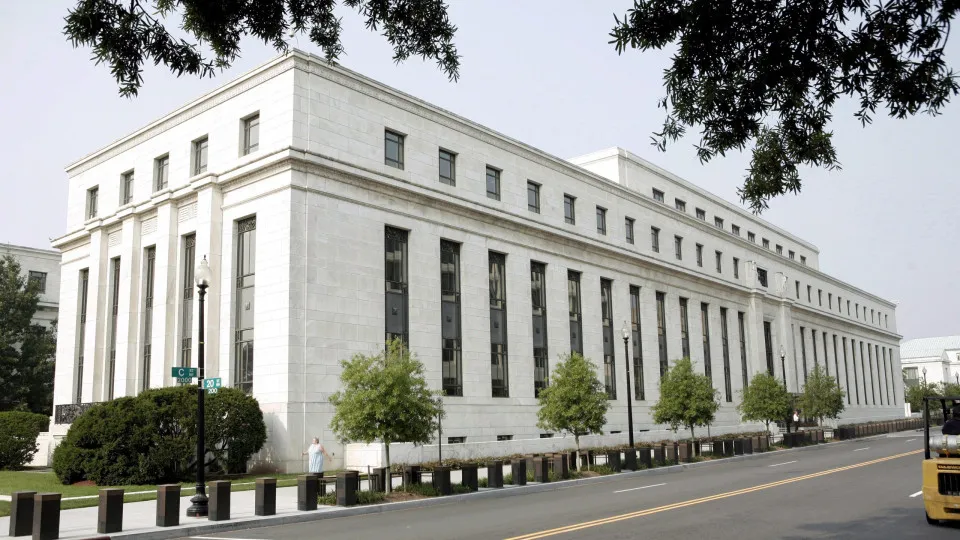
The Economic Report for the First Half of 2025, released by the Economic Research Center (CINVESTEC) of the Universidade Lusíada de Angola, noted that Angola’s external account remained “relatively balanced” during this period, though showing signs of pressure on the external sector.
The current account “remains positive,” but exports, especially oil, “declined significantly. However, there are still high deficits in the non-oil balance and in income transfers abroad,” according to the study presented by CINVESTEC economist and researcher, Agostinho Mateus.
The non-oil trade balance recorded a deficit of $7.6 billion (€6.5 billion), “worsening by 12% cumulatively and 15% in the quarter,” the report highlights.
Non-oil exports grew slightly (5% compared to the previous period), reaching $1.15 billion (€994 million), while imports rose to $8.76 billion (€7.5 billion), an 11% cumulative increase.
“As a result, the import coverage rate by exports fell from 13.9% to 13.1%, highlighting an economy still heavily dependent on external sources,” noted the economist.
During this period, total exports of goods and services fell from $18.4 billion (€15.9 billion) to $15.2 billion (€13.1 billion), a decrease of 17.5%, “reflecting the reduction in oil sales,” the study states.
Oil exports in the semester represented $14 billion, 18.9% less than the same period in 2024, “continuing to account for 80.6% of Angola’s exports.”
Natural gas accounted for 10.1% of total exports, with “a gain relative to the decline in oil,” while other goods and services “fell 12%.”
CINVESTEC notes that Angola’s export structure “remains highly concentrated in oil, with little diversification,” while imports “remain diversified and show important realignments.”
Machines and equipment, transportation services, fuels, foodstuffs, construction materials, and chemical and pharmaceutical products led the country’s imports in the first six months of 2025.
Between January and June 2025, the primary income balance (salaries, interest, and profits) showed a “significant improvement,” with a deficit of $2.9 billion (€2.5 billion), improving 24.2% from 2024.
The report also notes that Angolan investment abroad increased to $36.7 billion, a 6% year-on-year increase, particularly in deposits and trade credits, at a time when foreign investment in Angola also rose to $70.4 billion.
Agostinho Mateus further noted in his address that since 2017, foreign direct investment has fallen from $29.4 billion to $12.5 billion (a 58% drop), “highlighting the end of the oil era and the reduced attractiveness of the country for productive investment.”
“Conversely, external loans have grown and now dominate the external liabilities, reinforcing debt dependence,” warned the economist.
For CINVESTEC, the future of Angola’s external account will depend on the ability to convert statistical stability into real economic progress, “with consistent policies of diversification, industrialization, and competitiveness.”




